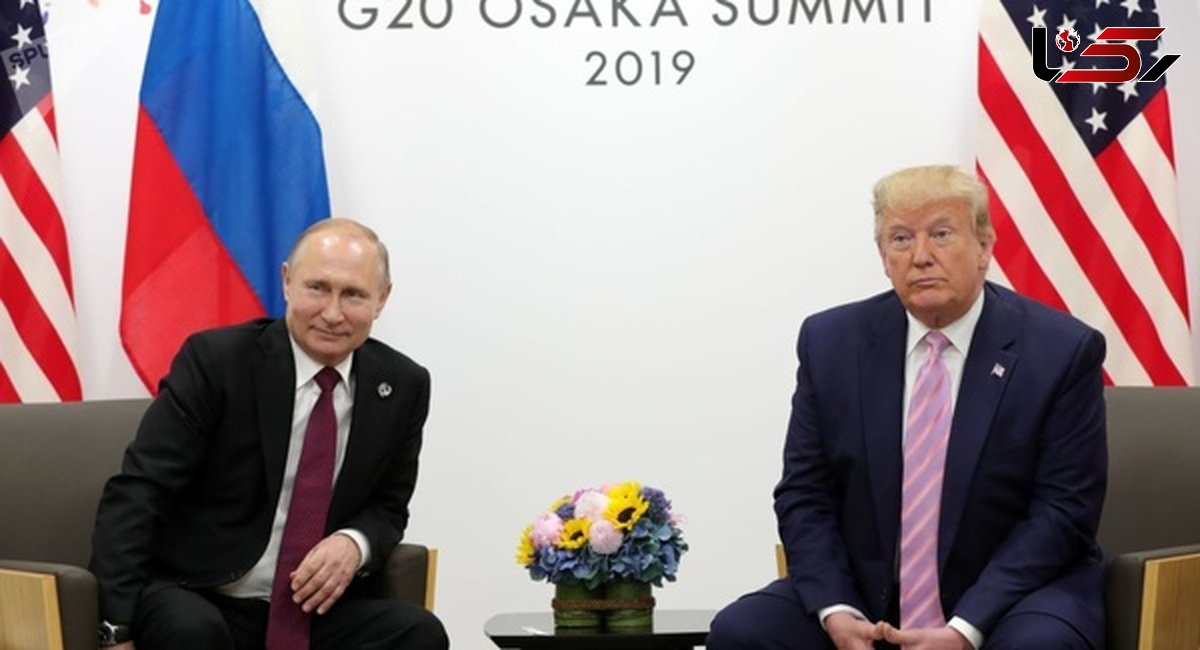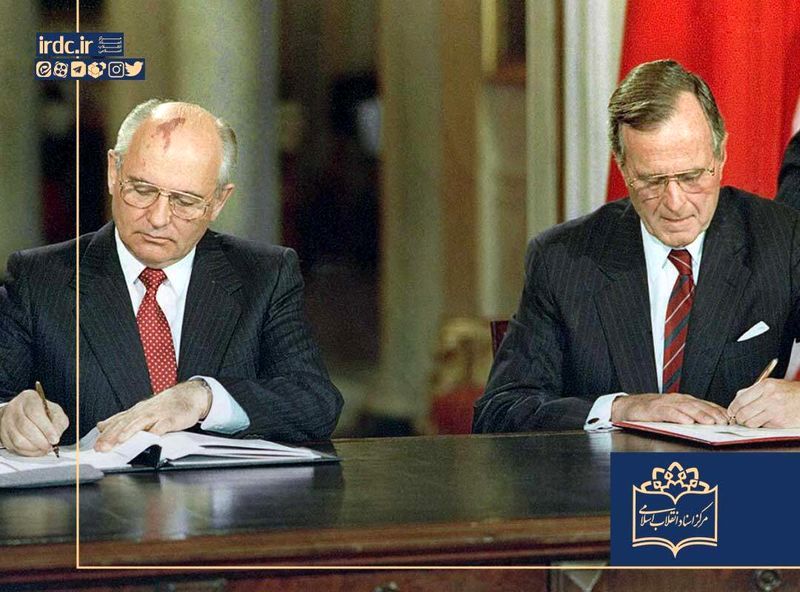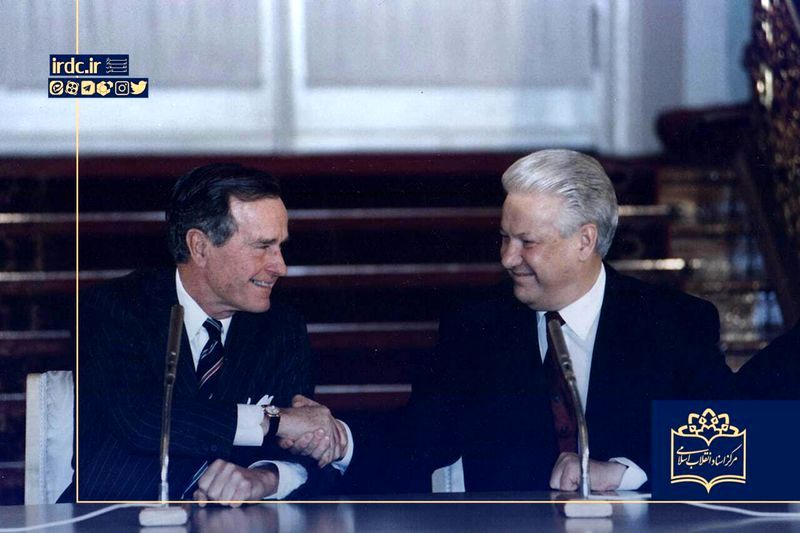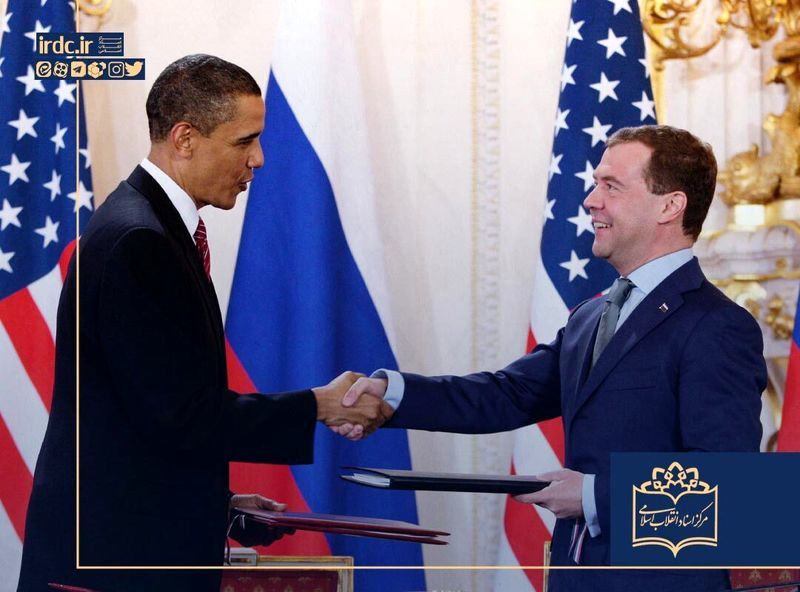On the Occasion of the Signing of the Most Significant Non-Proliferation Pact of the Twentieth Century:
The Theory of Deterrence & Nuclear Arms Limitation / Consequences of the START II Treaty for Iran
Rokna Political Desk: The Strategic Arms Reduction Treaty (START) was a bilateral accord between the United States and the Soviet Union aimed at reducing and limiting offensive strategic weapons. It prohibited the deployment of more than 6,000 nuclear warheads, intercontinental ballistic missiles (ICBMs), heavy bombers, and related systems. Among the most comprehensive bilateral arms control treaties between Russia and the U.S., START imposed broad restrictions on strategic offensive arsenals.

According to the Islamic Revolution Document Center (cited by Rokna), nuclear weapons represent the deadliest technology ever placed in human hands. These weapons were perfected during World War II when Nazi Germany and its allies threatened to dominate Europe and beyond. After the war, nuclear armaments became instruments of power balance and fear between the two superpowers, the U.S. and the Soviet Union. Nations pursued nuclear arsenals for various reasons—not necessarily to start wars, but to deter adversaries from using them.
During the Cold War, nuclear facilities and weapons proliferated among capable states, raising serious global concerns. While the stated justifications often appealed to humanitarian or security motives, behind them lay the strategic logic of deterrence: to prevent a rival from exploiting nuclear capability.
By 1991 (1370 in the Iranian calendar), the U.S. and Soviet Union were the two primary nuclear powers. Given their tense rivalry, the threat posed by enormous nuclear arsenals spurred them to negotiate arms-limiting treaties. Such accords included SALT I (1969), SALT II (1972–1979), the ABM Treaty (1972), the Intermediate-Range Nuclear Forces (INF) Treaty (1987), the Conventional Forces in Europe Treaty (1990), and START I (signed July 31, 1991; entered into force December 5, 1994). This note will focus on START I and its successor, START II (2010), exploring the theory of deterrence, treaty mechanisms, and implications for Iran.
Theory of Deterrence and Nuclear Limitation
“Deterrence” means preventing an adversary from action through fear, doubt, or threat. In the post–World War II era, the dread of atomic use made finding ways to restrain nuclear aggression inevitable. The theory was born from practical necessity, not pure abstraction: states threatened one another, hoping to dissuade hostile behavior.
Deterrence aims to manipulate an adversary’s strategic calculus by raising costs and risks above potential gains. Scholars like Alexander George and Richard Smoke define it as a policy designed to persuade the opponent of one’s dominance and make aggression prohibitively costly. Richard Smoke emphasized that deterrence involves the intention and effort of decision-makers to threaten vital assets of another state. Robert Jervis described it as a set of strategies compelling a target state to react to the demands of the deterrent state.
The goal is to force the adversary to revise its options and forgo military escalation. As a field of study, deterrence is central to international relations and strategic studies—it addresses the fundamental question of how to prevent warfare that would entail enormous costs.
START I (U.S.–Soviet Treaty)

The concept of START was first proposed by President Ronald Reagan in May 1982 (Ordibehesht 1361), when he rejected SALT II and called for deeper reductions. He proposed capping both sides’ strategic arsenals at 5,000 warheads, with no more than half deployed on land-based ICBMs.
After negotiations with mixed reception from the Soviet side, the START I treaty was signed on July 31, 1991 (9 Mordad 1370) by U.S. President George H.W. Bush and Soviet President Mikhail Gorbachev, entering into force on December 5, 1994 (14 Azar 1373). Its original 15-year duration was extendable by mutual agreement.
The collapse of the Soviet Union delayed implementation, but ultimately both parties committed to verifiable reductions. Under START I:
-
Strategic offensive delivery vehicles and warheads were capped.
-
A limit of 6,000 warheads and 1,600 strategic delivery vehicles was imposed.
-
Of those, 4,900 warheads could be on ballistic missiles, 1,100 on mobile ICBMs, and 1,540 warheads on heavy ICBMs (154 missiles).
-
New ICBMs, SLBMs with multiple warheads, and excessive testing of multiple warheads per missile were restricted.
Also, Ukraine, Kazakhstan, and Belarus, inheriting Soviet arsenals, agreed to destroy their strategic weapons. A Lisbon Protocol signed May 23, 1992 integrated them into the treaty framework.
START I and its associated documents created what was arguably the first effective and verifiable framework for reducing strategic nuclear arsenals between the two superpowers.
The START II Treaty Between the United States and Russia

As Moscow opposed the extension of the previous treaty and Washington emphasized its inadequacy, both sides engaged in difficult negotiations to draft a replacement agreement. They eventually succeeded in signing the START II Treaty before the expiration of the original accord on December 5, 2009. Under this new treaty, the United States and Russia committed to dismantling part of their nuclear arsenals and making significant reductions to their stockpiles of strategic weapons.
A more positive atmosphere had emerged in U.S.–Russia relations following the rise to power of Dmitry Medvedev and Barack Obama, as both leaders sent encouraging signals reflecting a mutual willingness to address each other’s concerns. As successors to the eras of Vladimir Putin and George W. Bush, Medvedev and Obama—despite the persistence of mutual mistrust—recognized that the political shifts in Moscow and Washington created an opportunity to rebuild confidence and reduce tensions.
The joint statement issued by Obama and Medvedev in London (April 2009) and Obama’s subsequent speech in Prague (April 5, 2009)—in which he called for a world without nuclear weapons—became the foundation for a new round of bilateral arms control talks. Both nations reached a shared understanding that, as a first step, they needed to draft a comprehensive agreement to replace START I, establish a framework to address mutual security threats, and extend that framework to other global actors.
After months of negotiation and diplomatic maneuvering, Medvedev and Obama signed the New START Treaty (START II) in Prague on April 8, 2010, which officially entered into force on February 5, 2011. Under the terms of the agreement, the United States and Russia pledged to reduce their deployed strategic nuclear warheads over a seven-year period, while implementing a rigorous verification regime to ensure compliance by both parties.
START II and Its Consequences for Iran

When Russia declined to extend START I and the U.S. demanded further cuts, intensive negotiations resulted in START II, signed on April 8, 2010 (19 Farvardin 1389) by Presidents Dmitry Medvedev and Barack Obama, entering into force on February 5, 2011 (16 Bahman 1389). The treaty mandated both sides to substantially reduce their strategic warheads over seven years under strict verification protocols.
The renewed diplomatic thaw following Medvedev’s presidency and Obama’s outreach set the stage for renewed arms control efforts. By agreeing to START II, Russia and the U.S. aimed to manage mutual mistrust, reduce arsenals, and pave the way for more comprehensive disarmament.
For Iran, the ramifications were significant. Since the U.S. and Russia remained key players in global arms diplomacy and nuclear norms, Iran’s nuclear ambitions and energy assertions became subject to increased scrutiny and pressure.
One notable repercussion: Russia’s delay in delivering S-300 air defense systems to Iran. Though contracted in 2007, delivery was postponed after START II was signed, with the defense capability only materializing in 2016. Meanwhile, the U.S. escalated sanctions and rhetorical pressure on Iran’s nuclear program. Obama’s 2009 Prague speech, which framed Iran alongside North Korea, underscored Washington’s insistence on preventing Iran from crossing nuclear thresholds.
Thus, START II entwined Iran’s nuclear narrative with global strategic balances. Even though Iran insists its program is entirely peaceful, its status as a regional power and nuclear challenger drew greater scrutiny within the framework of U.S.-Russian arms control diplomacy.
Summary
The START treaties represent landmark efforts at strategic arms restraint, striving to reduce the risk of nuclear confrontation through verification, limitation, and mutual accountability. START I and II helped stabilize the U.S.–Russia nuclear relationship by placing enforceable ceilings on strategic warheads and delivery systems.
For Iran, the treaties’ repercussions extend beyond bilateral U.S.–Russian dynamics. They shaped the environment within which Iran’s nuclear ambitions are judged and restricted. START II, in particular, exerted pressure on Iran via allied policies and arms diplomacy, influencing its access to advanced defense systems and framing its program within global nuclear governance debates.
Send Comments